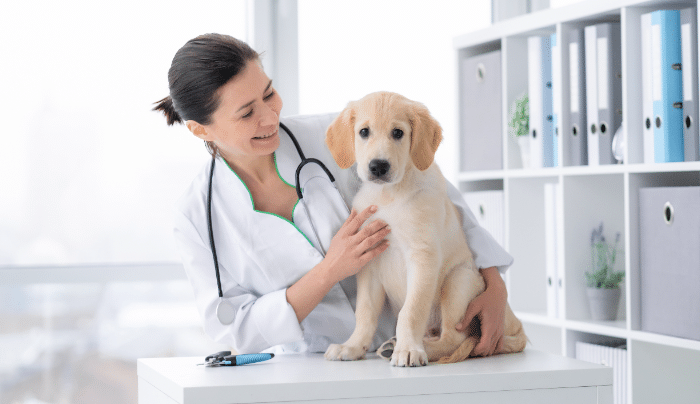
Have you ever wondered about a vet’s role beyond simply checking your pet’s weight, hearing its heartbeat, or vaccinating it? When did you last consider how integral they are in preventing and detecting animal diseases?
This often overlooked aspect is, in many ways, the foundation of veterinary practice and the baseline of ensuring overall pet health. It’s crucial to remember that our furry friends can’t communicate how they’re feeling verbally, nor can they seek medical help on their own.
That’s where a trained and experienced vet steps in, functioning as the unseen hero for countless animal lives. The Role of a Vet in Detecting and Avoiding Animal Diseases digs into this pivotal responsibility, its nuances, and its professional implications.
Among the many contributions of vets, they use their skills and training to identify the early signs of infectious diseases that can affect not only pets but also humans. Delving into this vast and intricate realm helps us appreciate how a simple consultation can shield our pets, families, and the enormous animal kingdom from innumerable potential illnesses. So, let’s dive in and understand how vets shoulder this immense responsibility.
The Vet’s Role In Disease Detection
A successful vet is a mix of a trained medic, an empathetic friend, and an exceptional detective who uncovers pertinent health clues from symptoms that might seem innocuous to untrained eyes. A quick gaze into a pet’s eyes or a swift touch to the coat can reveal potential health concerns, including the onset of diseases such as diabetes or parasites.
Veterinarians use multiple diagnostic tools, including blood tests, X-rays, ultrasound, and biopsies, to discern potential health threats. These tools allow early detection, significantly enhancing successful treatment chances.
Only a well-trained vet can understand pets’ puzzling symptoms. Their empirical, analytical, and applied knowledge lets them navigate the challenge, ensuring healthy, active lives for our furry companions.
The Vet’s Role In Disease Prevention
Vaccinations are an intrinsic part of veterinary practice and are critical in preventing many diseases, from distemper to rabies. Vets determine the best vaccination schedule for each animal, considering age, breed, and lifestyle factors.
Routine screenings and preventive medications for issues like flea and heartworm infestations are also critical components of a vet’s role in disease prevention.
Moreover, vets dedicate substantial time to educating pet owners about proper nutrition, physical activity, and grooming regimes. Knowledge dissemination is vital in ensuring pet longevity and optimal health.
The Broader Impact Of Veterinary Practice
When considering the larger picture, veterinarians play a significant role in protecting public health. They manage zoonotic diseases, transmissible from animals to humans, thereby preventing pandemics.
Veterinarians also work in disease surveillance, identifying and responding promptly to disease outbreaks among livestock. This can prevent widespread losses in the agriculture sector and ensure food safety.
Furthermore, by preserving wildlife health, vets contribute significantly towards conserving biodiversity and maintaining ecological balance.
The Upsides And Downsides To Being A Vet
Being a vet is significantly rewarding because it allows you to save lives and make a positive impact. However, it’s not without its trials, as the profession involves dealing with sick and often distressed animals, which can be emotionally challenging.
Shaping Future Vets
To ensure an effective practice, budding vets receive training in advanced procedures and cutting-edge technology under the supervision of experienced mentors. Mentoring is crucial in shaping future vets who can detect and prevent disease effectively.
Conclusion
In summary, a vet’s task extends far beyond the consultation room. They function as the crucial link between ensuring the health of individual pets and sweeping disease prevention efforts. Along the way, they bridge the gap between human and animal health, providing everyone with a healthier, safer environment.
The role that vets play, both seen and unseen, highlights the importance and depth of their work. Recognizing and appreciating how they wrestle with intricacies and face daily struggles is crucial for every pet parent who entrusts their beloved pets’ health and well-being to these skilled practitioners.
Here are five signs you should take your pet to the vet.





